For scuba divers and underwater explorers, moving efficiently beneath the waves is key to a fantastic experience. Traditionally, this meant relying on good old fin power. But what if there was a way to cover more ground, battle currents with ease, and extend your precious bottom time? Enter the underwater scooter, also known as a Diver Propulsion Vehicle (DPV).
This post dives deep into the world of underwater scooters and traditional diving equipment. We'll explore what sets them apart, how they can work together, and ultimately help you decide which setup (or combination) is perfect for your aquatic adventures.
The Foundation: Understanding Traditional Diving Equipment
Before we zoom off with DPVs, let's anchor ourselves with the basics. Traditional diving equipment is the essential kit that allows humans to breathe and operate safely underwater. This typically includes:
-
Mask and Snorkel: For clear vision and surface breathing.
-
Fins: Your primary means of manual propulsion.
-
Scuba Tank and Regulator: The life-support system providing breathable air.
-
Buoyancy Control Device (BCD): A wearable jacket that helps you control your depth and achieve neutral buoyancy.
-
Wetsuit or Drysuit: For thermal protection against cold water.
-
Dive Computer and Gauges: Critical instruments for monitoring depth, dive time, air supply, and no-decompression limits.
This gear is fundamental to diving. It requires physical effort, especially finning, to move. While this builds skill and offers a certain connection to the underwater environment, it naturally limits a diver's range, speed, and can be taxing, especially in strong currents or over long distances. Your air consumption is also directly linked to your exertion.
The Game Changer: Introducing Underwater Scooters (DPVs)
Now, imagine gliding through the water with minimal effort, covering twice the distance on your favorite reef, or exploring that distant wreck you’ve always dreamed of reaching. That's the power of an underwater scooter or Diver Propulsion Vehicle (DPV). These are battery-powered devices equipped with electric motors and propellers that propel divers smoothly and efficiently.
Here are the Key Features and Benefits of Underwater Scooters:
Unmatched Mobility and Efficiency
DPVs allow for effortless forward movement. This is a massive advantage when navigating strong currents, exploring vast coral reefs, or investigating extensive wreck sites. You're not just moving; you're gliding.
Extended Dive Time & Reduced Air Consumption
One of the most significant benefits! By drastically reducing the physical effort of finning, underwater scooters help conserve your air supply. Less exertion means slower breathing, leading to longer bottom times and safer, more enjoyable dives.
Enhanced Safety
DPVs can be a crucial safety tool. They enable quicker navigation in emergency situations, help manage unexpected currents effectively, and significantly reduce diver fatigue – a common contributor to diving incidents.
Incredible Versatility: The world of DPVs is diverse.
-
Recreational Scooters: Lightweight, user-friendly, and perfect for shallower explorations or even for kids (under supervision) in calm waters. Models like the Sublue WhiteShark MixPro or Asiwo Manta fit this category.
-
Scuba Diving Scooters: More powerful and robust, designed for certified divers looking to explore deeper and further.
-
Freediving Scooters: Often quiet and lightweight, ideal for silent, tank-less ascents and descents, allowing freedivers to conserve energy for their breath-hold.
-
Military/Technical Scooters: High-performance, rugged machines built for demanding deep, long-range, or specialized operations, often with advanced navigation and endurance features.
Ease of Use
Modern underwater scooters are designed with the user in mind. Many feature intuitive controls (like the innovative finger ring controllers on the Subnado, which boasts speeds up to 1.4 m/s and depths to 60m), neutral buoyancy characteristics, and essential safety features such as auto shutoff and depth alarms. Mounting options for hands-free use are also becoming increasingly popular.
| Feature | Traditional Diving Equipment | Underwater Scooter (DPV) |
| Propulsion | Manual (finning) | Motorized (electric motor & propeller) |
| Effort Level | High physical exertion | Minimal physical exertion |
| Range | Limited by diver stamina & air supply | Significantly extended |
| Speed | Slower, dependent on diver strength | Faster, consistent speed |
| Air Consumption | Higher due to exertion | Lower, leading to longer dive times |
| Currents | Can be challenging and tiring | Easily managed, even strong currents |
| Exploration | Best for detailed, slow-paced local exploration |
Ideal for covering large areas, reaching distant sites |
While traditional diving equipment is about the fundamental ability to be underwater, underwater scooters are about enhancing your mobility and efficiency once you're there.
Related reading: Is a Underwater Sea Scooter Worth It?
Not Rivals, But Partners: The Complementary Roles
It's crucial to understand that underwater scooters are not necessarily a replacement for traditional skills or equipment but rather a powerful enhancement. Think of it this way: you still need your foundational scuba gear (mask, tank, BCD, regulator, dive computer) to dive safely. The DPV is an added tool that transforms how you move and explore.
Here’s how they complement each other:
-
Reach Remote Spots: Use a DPV to travel quickly and effortlessly to a distant reef or wreck, conserving your energy and air for the actual exploration once you arrive.
-
Maximize Bottom Time: Once at your dive site, you can cover more ground with the scooter, or choose to park it and explore a specific area using traditional finning techniques for intricate viewing.
-
Safety and Support: Even if you plan a traditional finning dive, having a DPV can be a safety net for handling unexpected currents or assisting a tired buddy.
-
Reduced Fatigue on Multi-Dive Days: Using a scooter for some dives can reduce overall fatigue, making subsequent dives more enjoyable and safer.
For serious underwater explorers, photographers, or technical divers, a DPV often becomes an indispensable part of their kit. However, even recreational divers are discovering the sheer fun and expanded possibilities that a dive scooter brings.

Which is Right for Your Underwater Adventures?
-
For the Beginner Diver: Focus on mastering your buoyancy and traditional diving skills first. Once comfortable, a user-friendly recreational scooter can add a new layer of fun to your shallow water explorations.
-
For the Avid Recreational Diver: If you're looking to explore more of your favorite dive sites, venture a bit further, or simply make your dives less strenuous and longer, investing in a good quality scuba diving scooter is a fantastic idea.
-
For the Technical Diver/Explorer: A high-performance technical DPV is almost a necessity for deep penetrations, long-range cave exploration, or extensive wreck surveys.
-
For the Freediver: A specialized freediving scooter can help you reach depth faster and conserve oxygen, allowing for longer and more relaxed breath-hold dives.
The Future of Underwater Exploration is Here
Traditional diving equipment opened up the underwater world to humanity. Underwater scooters are now revolutionizing how we interact with and explore that world. They offer unparalleled mobility, extend dive times, enhance safety, and, frankly, are incredibly fun to use.
Whether you're a seasoned diver or just starting, considering how a Diver Propulsion Vehicle could enhance your underwater experiences is well worth your time. The ocean is vast, and with the right tools, there's so much more to see and discover.
Ready to take the plunge into the exciting world of DPVs? Explore our range and find the perfect underwater scooter to transform your dives!
FAQs
Q: What's the main difference between an underwater scooter and just using fins?
- Underwater scooters use an electric motor for propulsion, allowing effortless movement and covering greater distances with less air consumption. Fins rely entirely on your physical effort.
Q: Can an underwater scooter completely replace my traditional diving gear like BCD or fins?
- No, an underwater scooter is a propulsion aid. You still need all your essential traditional diving equipment (mask, BCD, regulator, tank, computer, fins for backup/maneuvering) for life support and safety.
Q: Are underwater scooters difficult to use or only for expert divers?
- Not at all! Many recreational underwater scooters are lightweight, have simple controls, and are designed for ease of use, making them accessible even for beginners (with proper orientation). More advanced models cater to experienced and technical divers.
Featured Articles:
- A Beginner's Guide to Underwater Sea Scooters: Types and Uses
- Top 5 Reasons to Choose Sea Scooters for Your Underwater Adventures
- Troubleshooting Common Underwater Scooter Problems
- Advanced features in best underwater sea scooters for travel
- Underwater Scooter Battery Life and Runtime: What You Need to Know
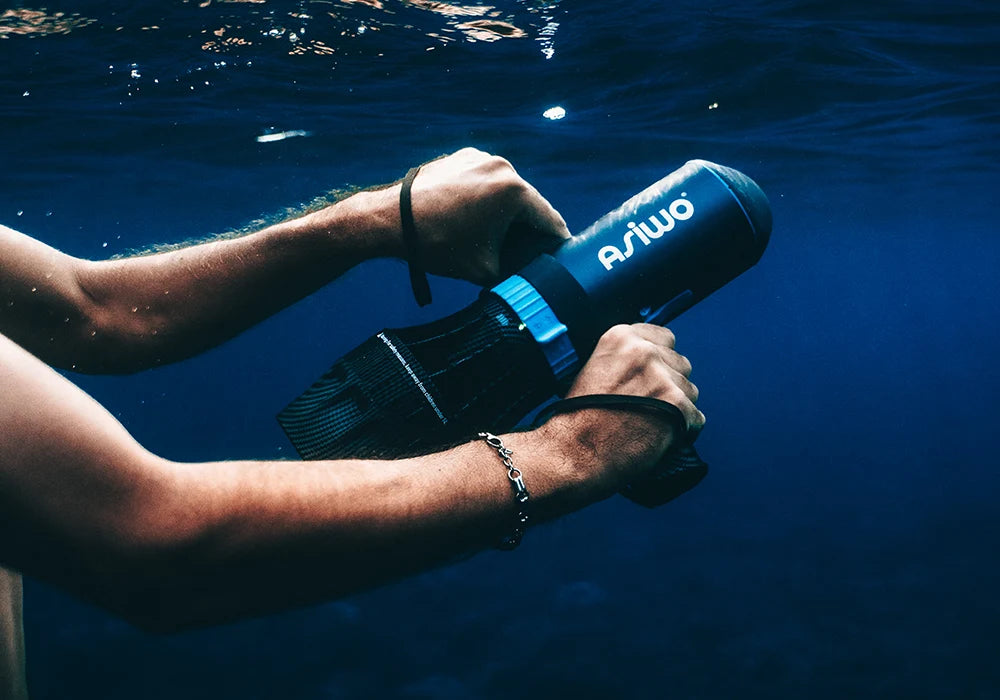

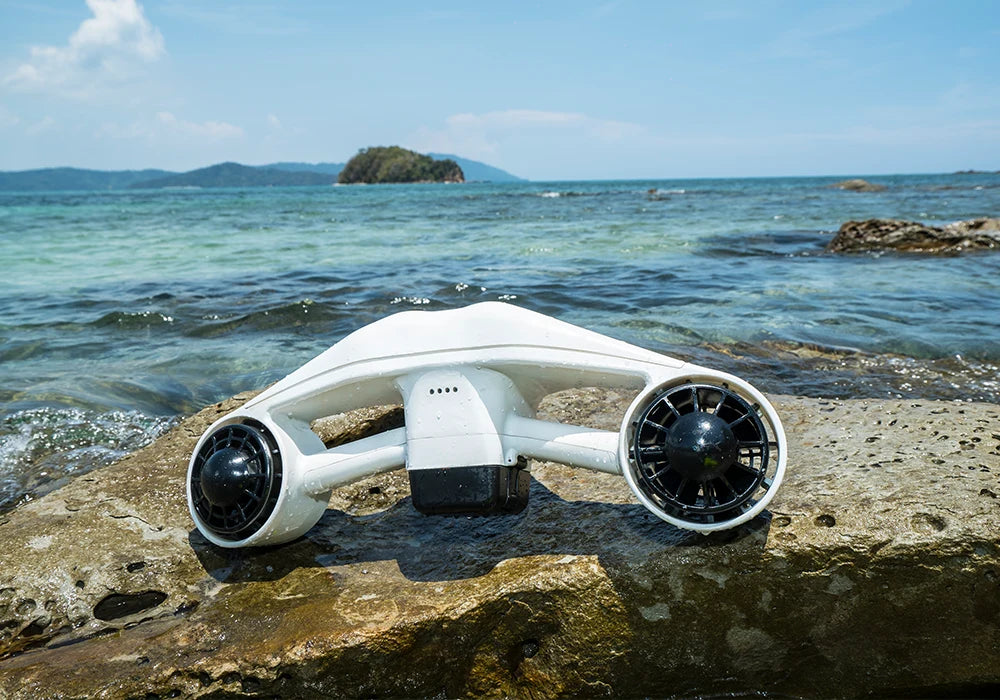
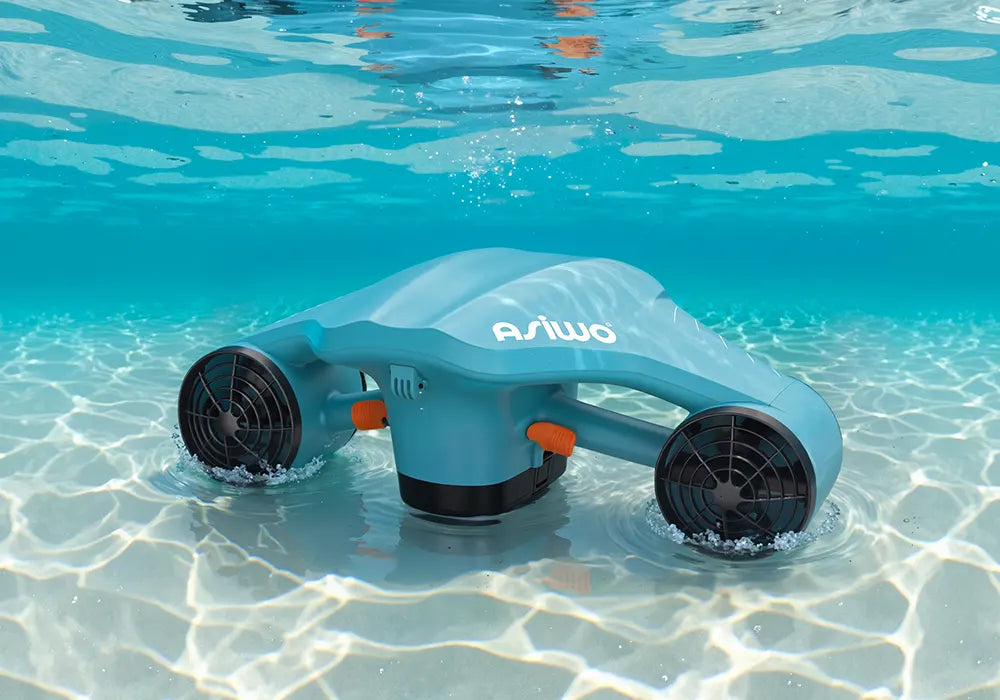
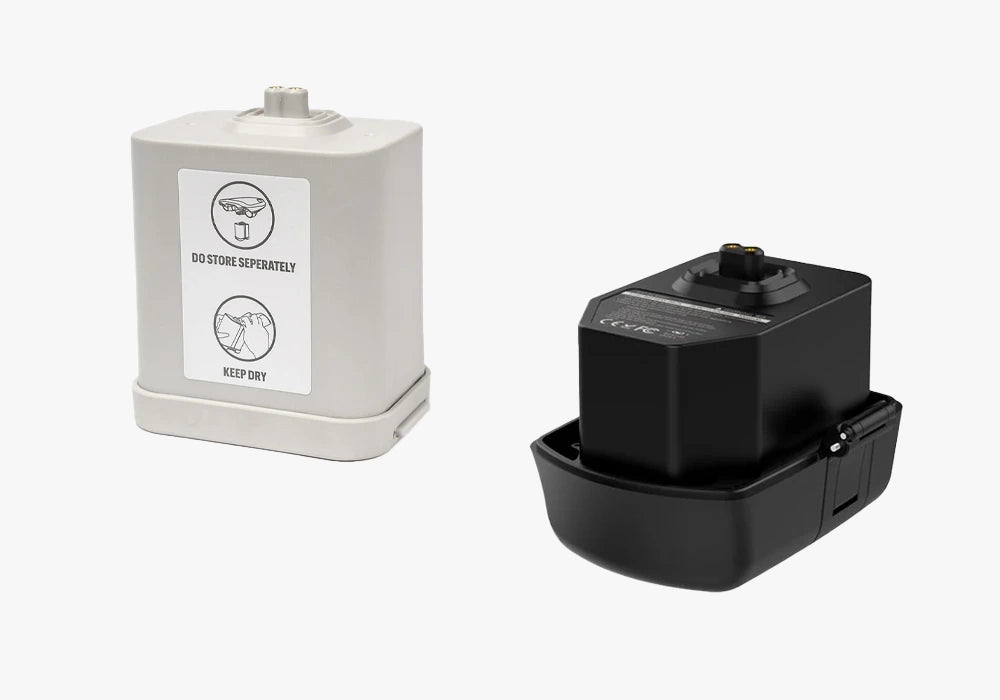





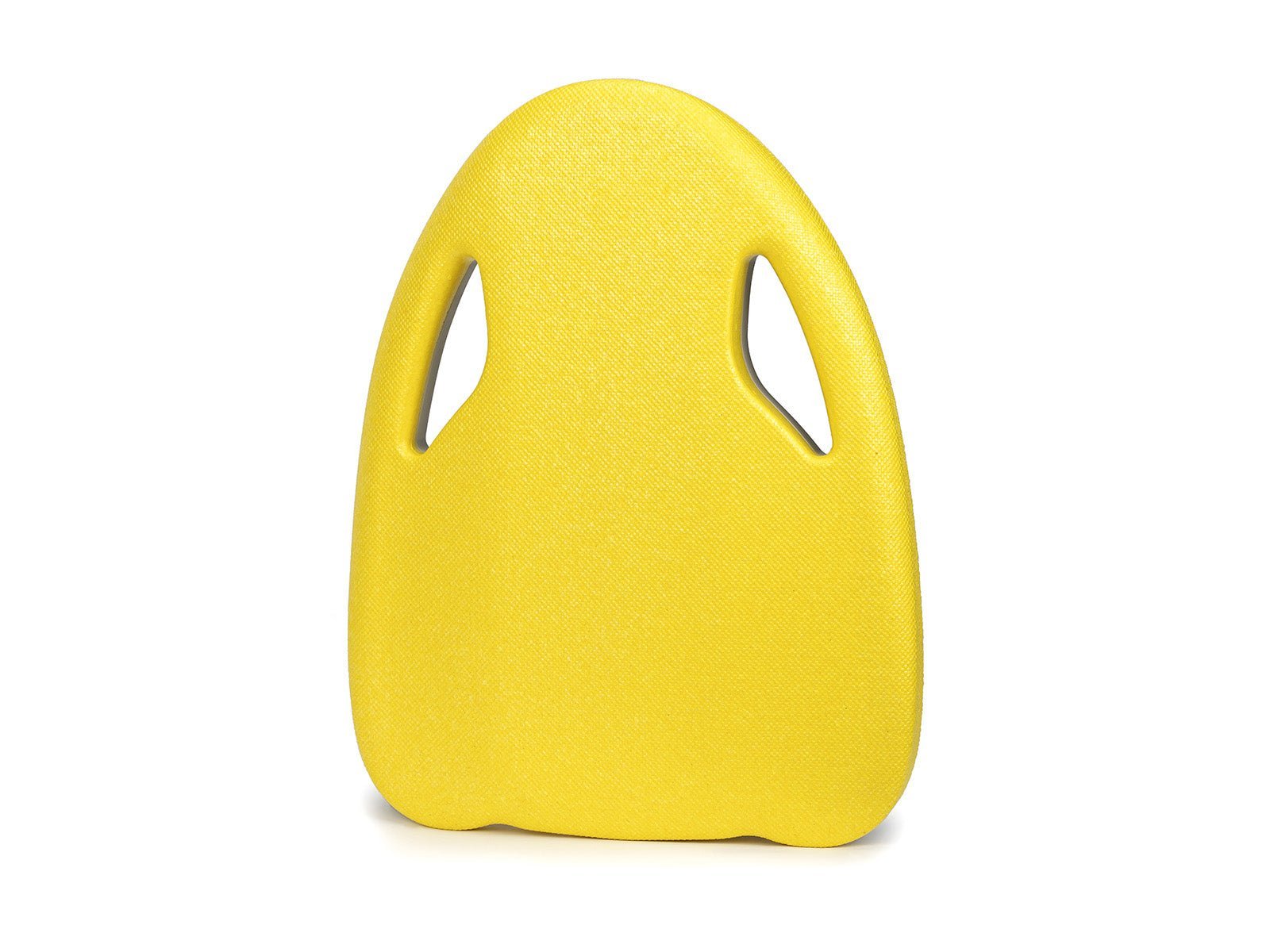
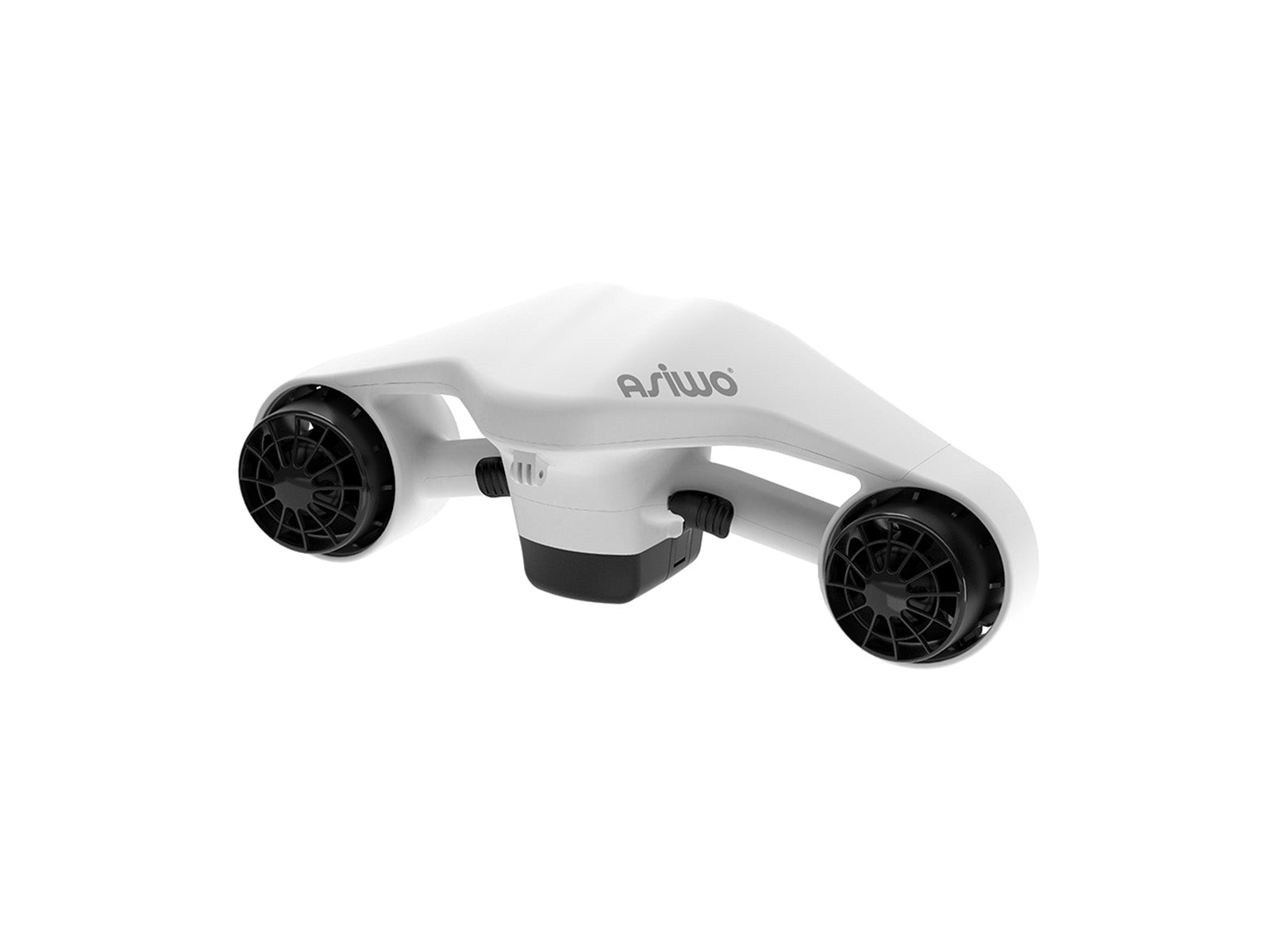
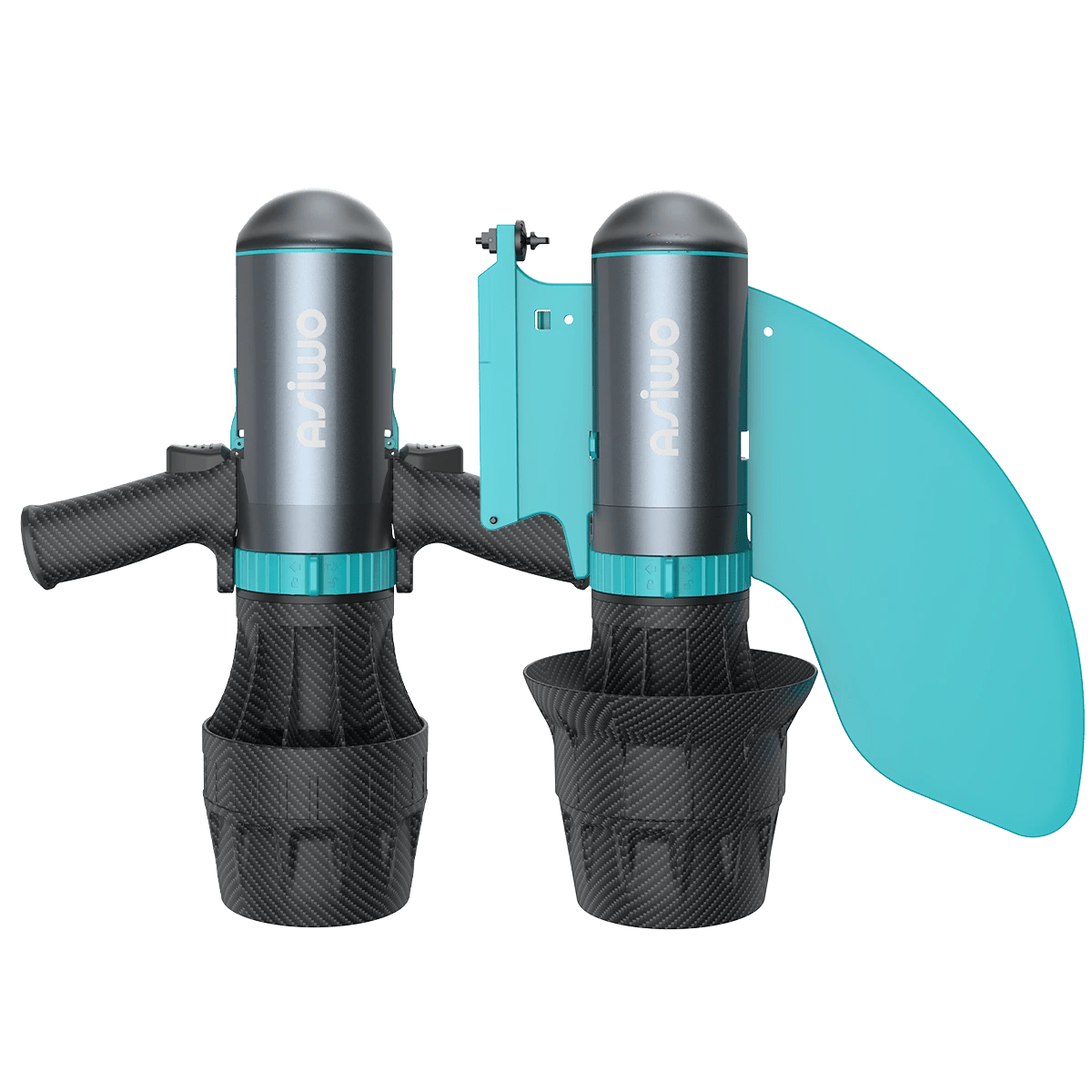

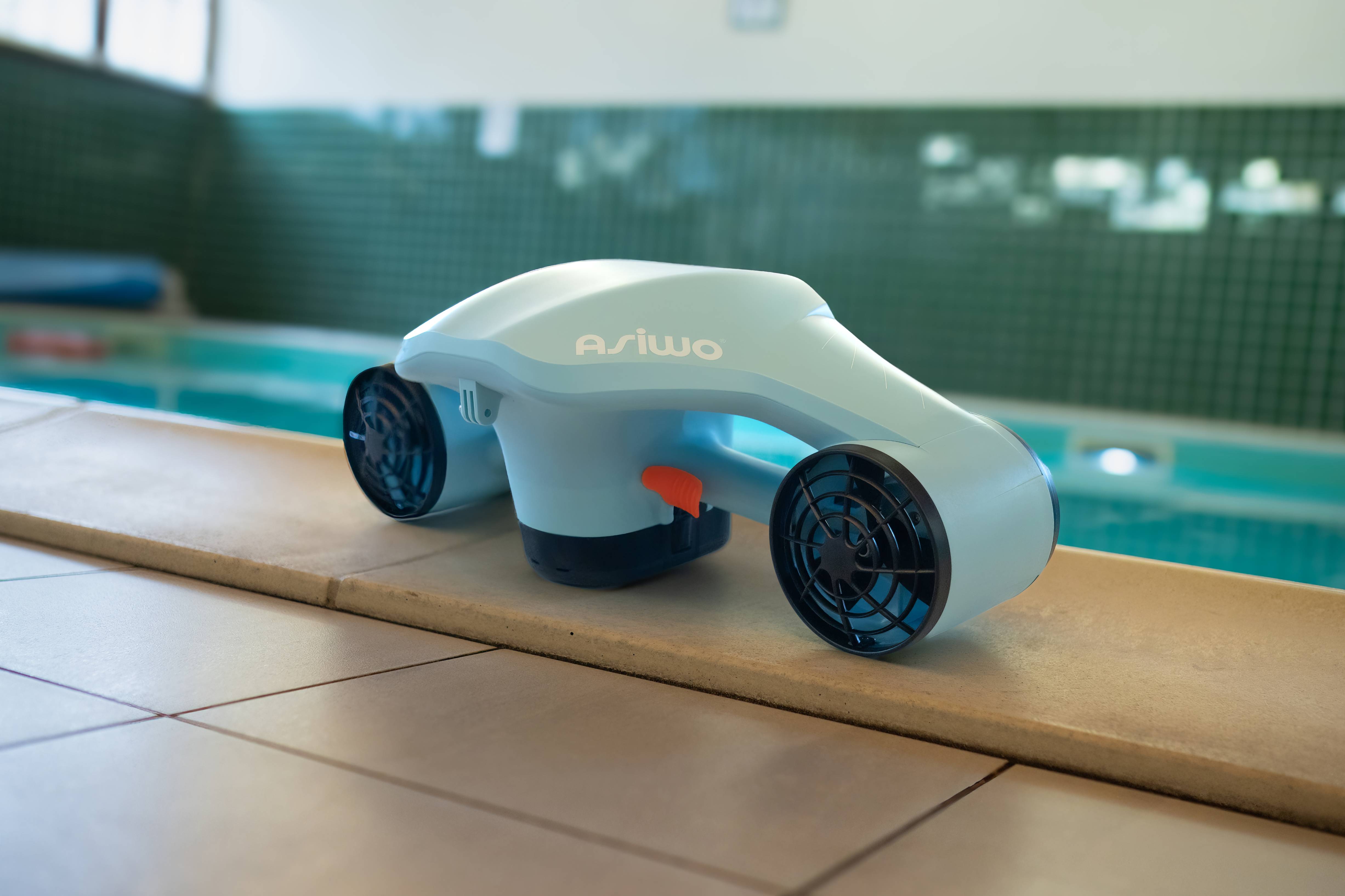

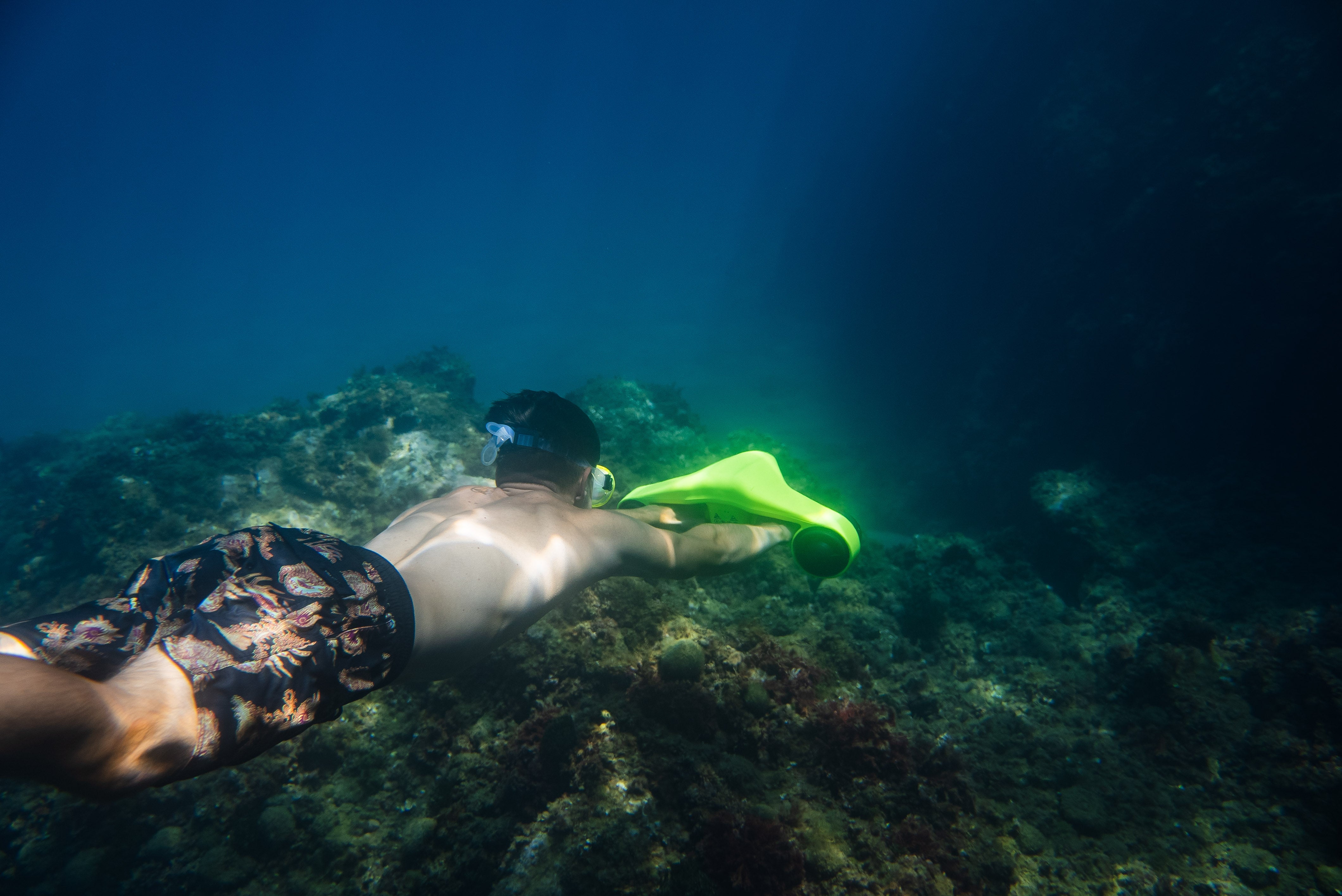
Lascia un commento